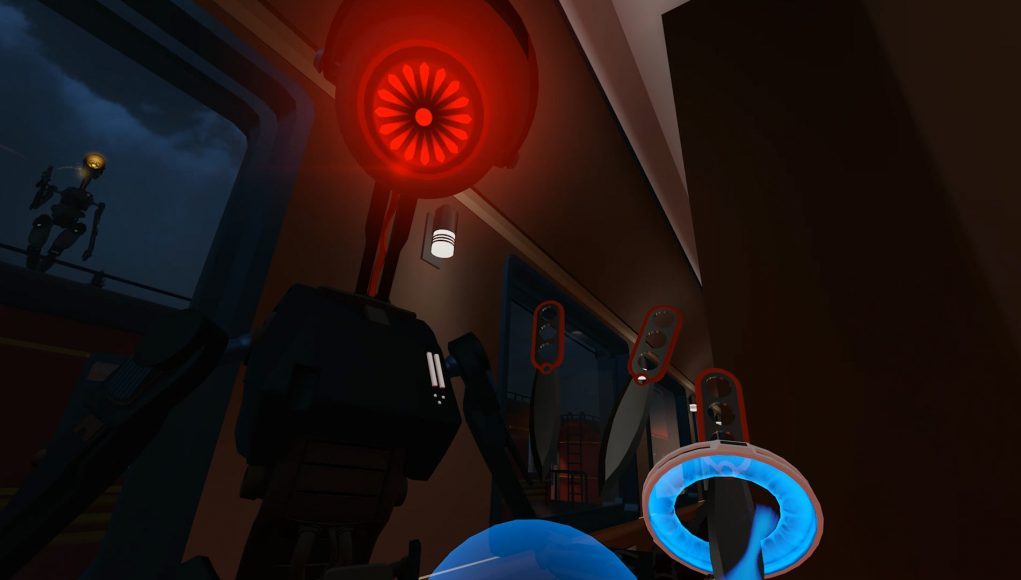Budget Cuts 2: Mission Insolvency brings a lot to the table in terms of variety and action, although it edits out some of what made the first an interesting exercise in exploration and intrigue. Adrenaline is still a key ingredient here, and levels a heaping dose of bow-shooting action on top of a slightly more demure exploration experience than the first, which makes it feel a little more generic of a game, but still a good example of a fun and well-realized entry into the stealth combat genre.
Budget Cuts 2: Mission Insolvency Details:
Developer: Neat Corporation, Fast Travel Games
Available On: Steam (Index, Vive, Rift), Oculus Store (Rift)
Reviewed On: Rift, Vive
Release Date: December 12th, 2019
Price: $30
Note: It’s impossible to talk about the sequel without at least mentioning the first in the series—I won’t spend much time recapping, but I’ll be mentioning it throughout for continuity’s sake. If you’re new to the series and are hoping to read a spoiler free look at number one, look no further than our review of the first Budget Cuts (2018).
Gameplay
The original Budget Cuts is very much about using your wits to find key cards, search for door codes, and follow clues left by your missing meat-bag colleagues, who’ve been mysteriously spirited away and replaced with a cast of quirky office drones. Here, you’re basically tasked with finding the thing, moving to the next thing, and sneaking around, all the while hoping to avoid (or kill) as many of the revolver-toting sentinels as possible—lest you catch a single bullet, effectively throwing you back to an earlier auto-save point. Tactically-placed fax machines connect you with Winda for objectives, which leaves you free to figure things out by reading and basically putting two and two together at your own pace. It was fresh, funny, and most importantly took to the medium with a spirit of innovation.
The second picks up where the first left off, however its tone and objectives are much more action-oriented, which effectively strips away much of the constant object-searching and key card-hunting from the first. All of that’s still there, albeit minimized in favor of forward-moving action, making the sequel somewhat of a different beast. At times, its can be a real thrill ride, although I found it lacking some of the first’s unique and celebrated spirit.
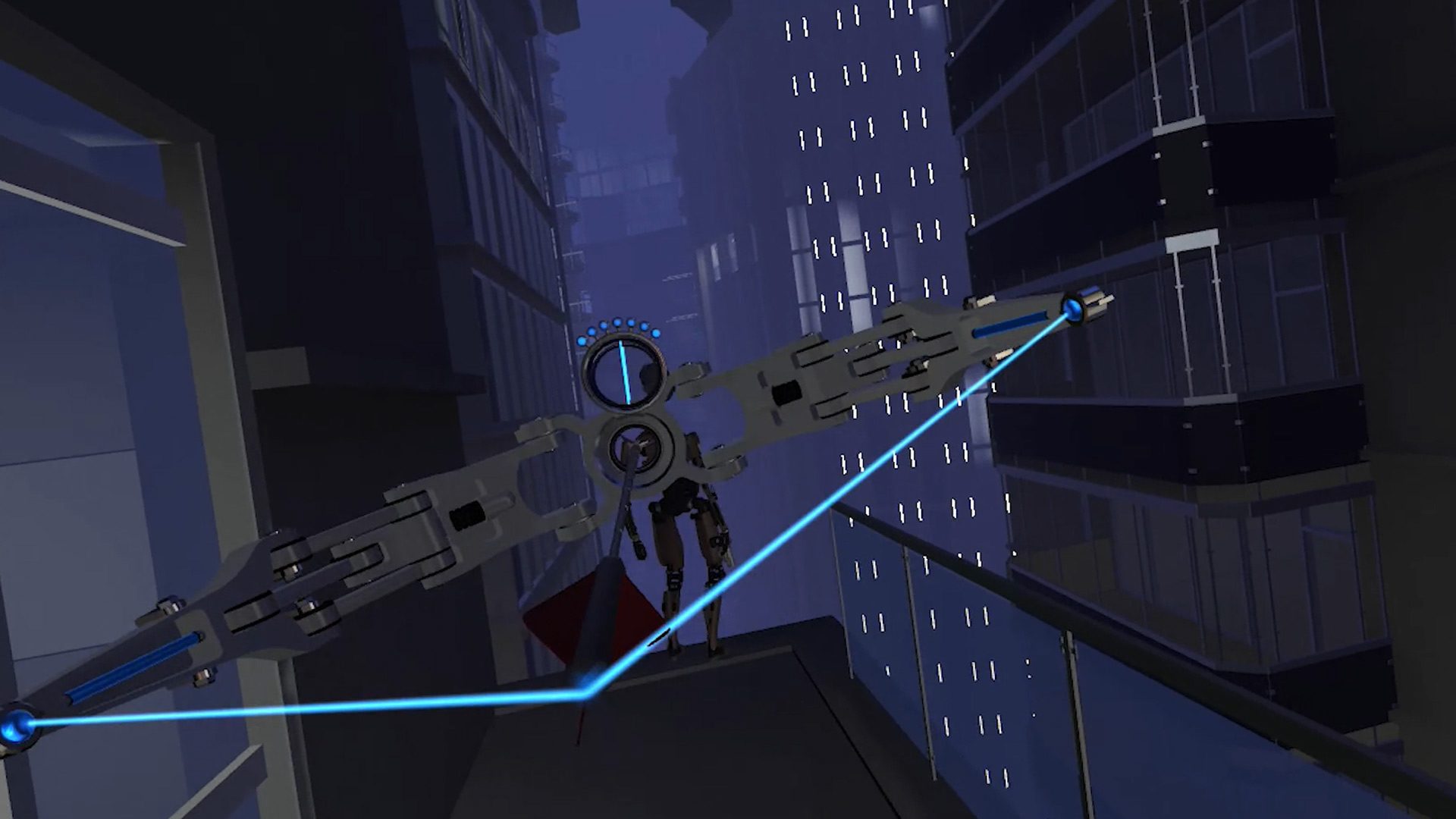
Before playing, I was prepped to expect more of everything: more action, more weapons, more puzzles, and more intrigue. I didn’t get everything on my wishlist, but Budget Cuts 2 does manage to serve up enough of that in the five hours on standard difficulty to satiate. Still, I felt it could have gone a bit deeper, and offered a few more ‘wow’ moments with its new action-y outlook on life whilst retaining some of the cleverness of the first.
Whereas the first Budget Cuts focused mainly on sneaking through cramped, multilayered spaces, sometimes giving you a few different parallel routes to the same objective, the second in the series tends to be a bit more linear, as it feeds you less options as you traverse through levels.
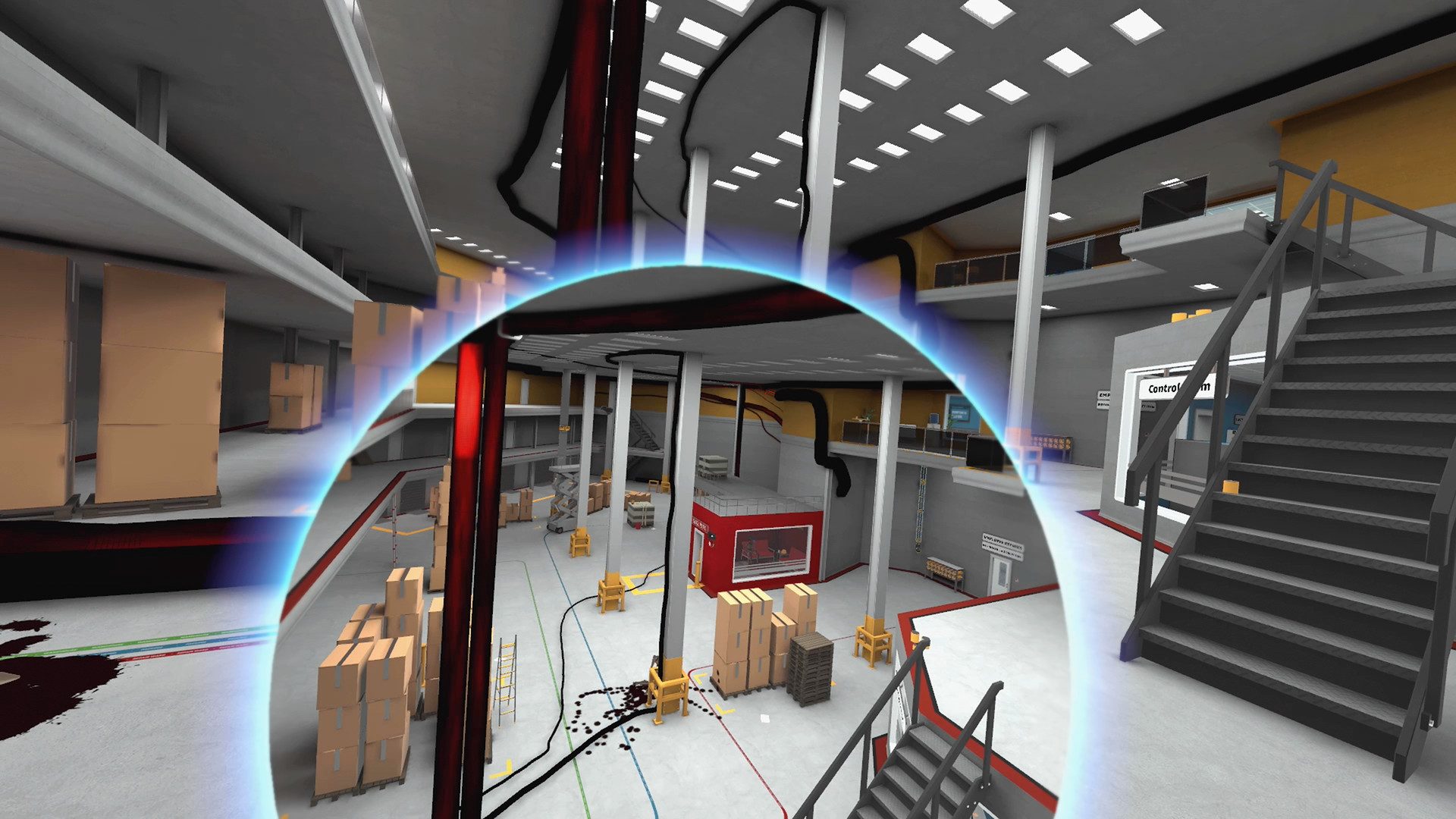
Like in the first, the real choice ultimately comes down to whether you want to engage in combat, or take the time to sneak around by checking if the coast is clear first via your portal gun preview window.
Mission Insolvency however has a lot more guards and a few new methods of killing them. It also has a greater variety in spaces, offering up everything from small offices filled with cubicles to large warehouses where you can let your new weapon sing. And at that point, it’s hard to care why you have a bow and arrow when you can gank a robot in the head from 30 meters away.
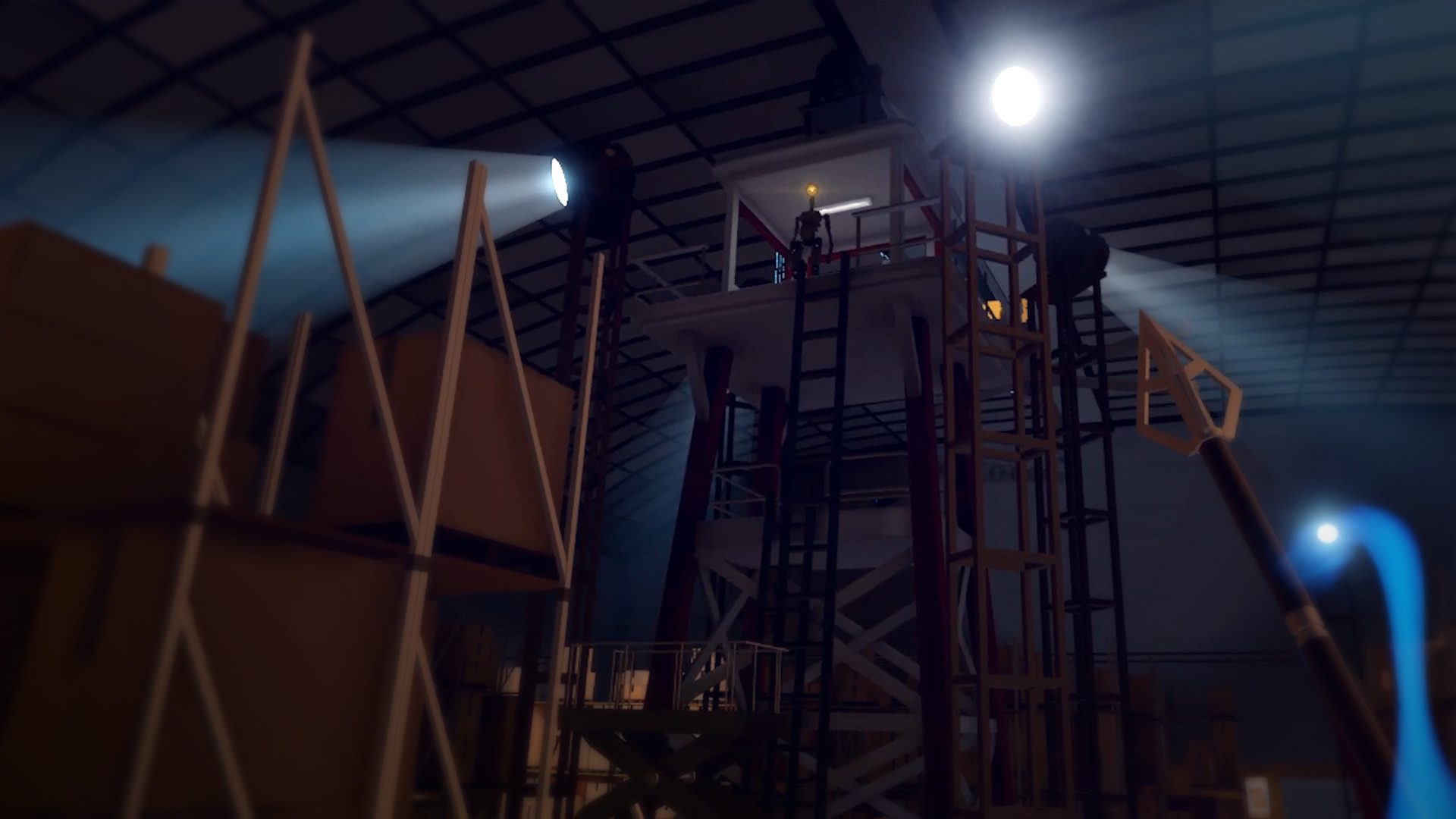
All of this is well appreciated, although I would have liked to see a grander, more elaborate set of ways to accomplish each major task—different routes or different methods of solving an objective, which seems to have been sacrificed on the altar of efficient, uncomplicated action. In the end, it seems Budget Cuts 2 focuses more on providing a greater variety of tasks instead of a greater variety of how to accomplish them. You’re given new baddies, less (but more varied) door puzzles, a singular boss fight, a timed task, and a wave shooter-style interlude at the end—more variety than the first by a fair margin.
The biggest addition, which has forced the developers to offer those larger environments, is the bow and arrow—or rather the bow and ‘any sharp or explosive object you can find’. Introduction of the new weapon is admittedly a bit ham-handed; office drones apparently compete in archery competitions in their time off now? And there’s grenades now too? In a stealth combat game where being detected could get you ganked in an instant? No fear, even the loudest grenade won’t bring baddies running. AI has a very limited field of view, and almost no sense of hearing.
A quick aside: the reasoning for knives was at least plausible in the first, with Winda hacking the supply ordering system and switching out letter openers for throwing knives, however in the sequel you’ll find arrows littered everywhere for no more reason than as convenient fodder for your bow.
Flimsy reasoning aside, the bow works well enough, although it intentionally hobbles you by giving you a two-handed device in a game where your don’t actually have hands 100 percent of the time by default.

The unique portaling locomotion scheme introduced in the first Budget Cuts works equally as well in the sequel, adding the bow into the mix does complicate things. Instead of zapping around with the portal gun in one hand whilst carrying a knife in the other, you have to be a little more pensive when you use the bow, and consequently requiring you to switch the tool head on your hands much more often. Until you get the muscle memory down, you may be struggling to quickly switch tools in the heat of battle, leading to many frustrating deaths.
Thankfully the bow eats all sorts of ammo, including arrows, throwing knives, and even scissors, so you should find a few ways to take down robots. That said, archery is still very much skill based, as the projectile is effected by gravity, making it necessary to practice so you can get a feel for how much it will drop (your sights do a good job of keeping you lined up laterally at very least).
One of the new items here is a radar tool, which lets you mark enemies and then see them through walls as they go on their rounds. While it was admittedly much more useful than the tool its supplanted, the looking glass that lets you reveal hidden text, it definitely could have played a bigger part in the game. I very rarely used it, and there were zero missions in which it became vital to success.
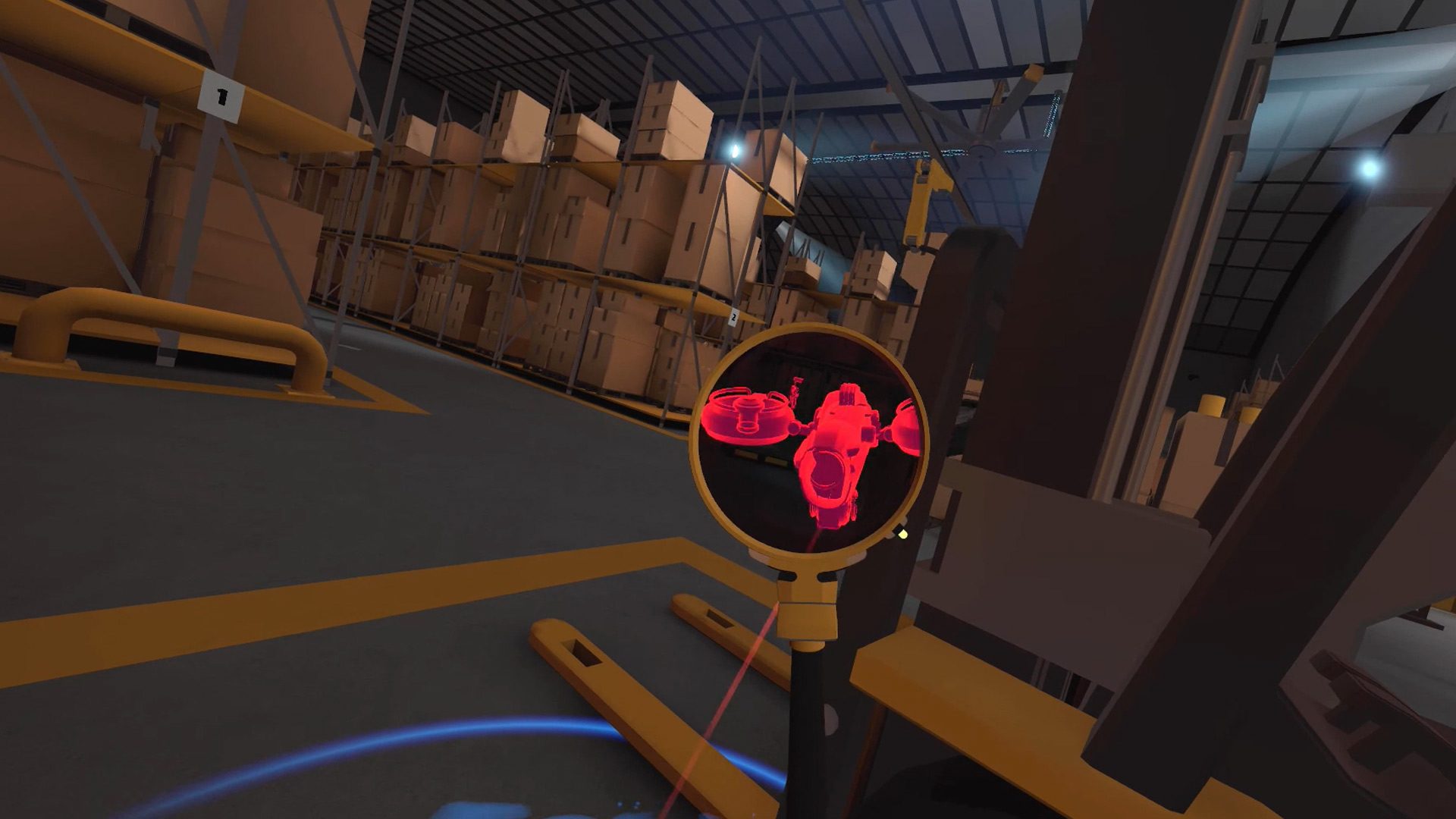
So Budget Cuts 2 is basically a shooter now, right? Kind of, yeah. There’s a real scarcity of ammo, as it’s both doled out at few intervals and, unlike the first, now ammo self-destructs when you use it—so no more collecting your spent knives or arrows from a dead baddie. You can even knock out baddies now with hard objects, and pull the gun of their hands, giving you a precious moment to flee.
You’ll also have a new enemy type to contend with on top of revolver-clad sentinels and drones, which are now equipped with guns of their own. Curious little boxes labeled with TransCorp’s ‘TC’ logo are littered everywhere, which you soon find out is hiding a super badass inside—and enemy with a riot shield and helmet, protecting him from frontal assaults and from your muscle memory of executing clean head-shots.
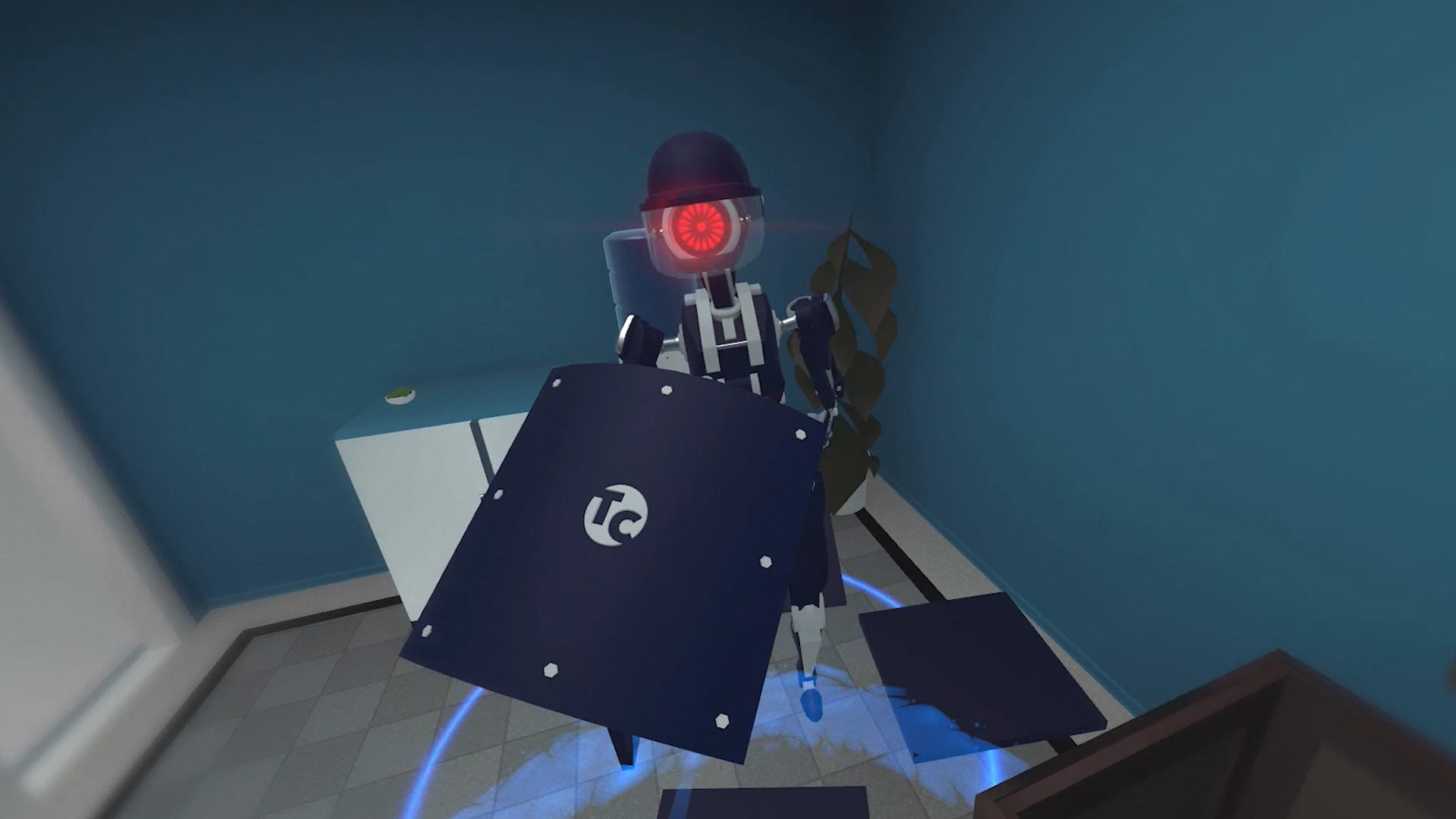
Budget Cuts 2 offers up its pros and cons in almost equal portions, however there’s still plenty of its core moments, like when you make a mad dash to safety from the red-eyed robotic monsters of the game.
In the end though, I really would have liked to see Budget Cuts 2 longer and more complex than number one, which would be more in-keeping with the spirit of innovation that brought the first to notoriety. It seems a tad shorter and, well, just different—and not in a way I’m entirely sure I personally gelled with. I really enjoyed almost every bit of the first game, save the final boss encounter. Without revealing too much, I was a little dismayed when the credits rolled after going through what was essentially ended on a ‘protect the thing’ style wave shooter—neither doing service to the stealth combat genre, nor particularly interesting from the standpoint of a modern VR game in general.
Immersion
Here’s an open secret: one of my least favorite tropes in VR gaming is the ‘helpful narrator’, which invariably chimes in with hints and mission objectives at every turn. Winda has unfortunately become a constant companion in your ear, as the fax machines of old are now replaced with a wireless headphone. I really think it smacks of laziness on the part of the developers, as they undoubtedly did it to generate quicker, more pointed action instead of giving you more of those fun little post-it note hints, or napkin drawings found in an overlooked cupboard. Having a mission objectives list and a voice in your ear telling you where to go and what to do basically makes me feel more like one of the robots I’m tasked with killing, and removes some of the fun of exploration as a result.
That said, number two has a few more benefits that shouldn’t go unnoticed in the immersion department; notably the character animations when baddies die.
The first time you stick a sentinel in the leg, and they limp around helplessly like wild animals, it basically left me wondering if it would still pursue me, or pick up its gun again for another potshot. A robot’s death is much bloodier (oily-er?) than I would have expected, which really makes you want to get your first shot right, if only to spare yourself the inevitable moaning it does about how it still has time left on this planet. Jesus. Re-reading that makes me feel like a monster.
The environments were also more varied and felt more alive as a result. There’s a lot more variability in terrain, such as stairs and ramps. but there are basically no-go zones for your portal gun, which introduces a bit of frustration where it otherwise wouldn’t be in a flatter, more office-like environment. It’s a give and take that essentially tests the limits of the default locomotion scheme.
I did contend with a few bugs in the sequel, although nowhere near the extent that saw the first pulled on the literal day of its release, which some reported was entirely borked, and unplayable. The developers have mentioned that bug-squashing and more polish are coming to the launch version, but I didn’t run into anything but minor flickering of some assets in heavier scenes, and a few misplaced bits of dialogue.
Comfort
Teleportation is the only way of moving around Budget Cuts 2—it’s a fundamental part of the game’s basic mechanic, and even though some hardcore anti-teleportation pundits may be automatically against it, I argue that it not only makes sense in terms of comfort, but is well explained enough to be an integral part of the world at large. You simply couldn’t play the game any other way.
Teleportation is by far one of the most comfortable ways of moving around in VR (although it infringes on immersion), and it probably won’t leave you with the flop sweats and a spinning head, making it good for newcomers and sensitive users alike.
There is snap turn for forward-facing setups (namely the OG Oculus Rift), and 360 support, but you’re going to be standing and using your body to play this game. Seated in not an option, and not encouraged, as you regularly have to squat and hide behind barriers, unless you want to constantly micro-correct for where you’re standing with the portal gun.

